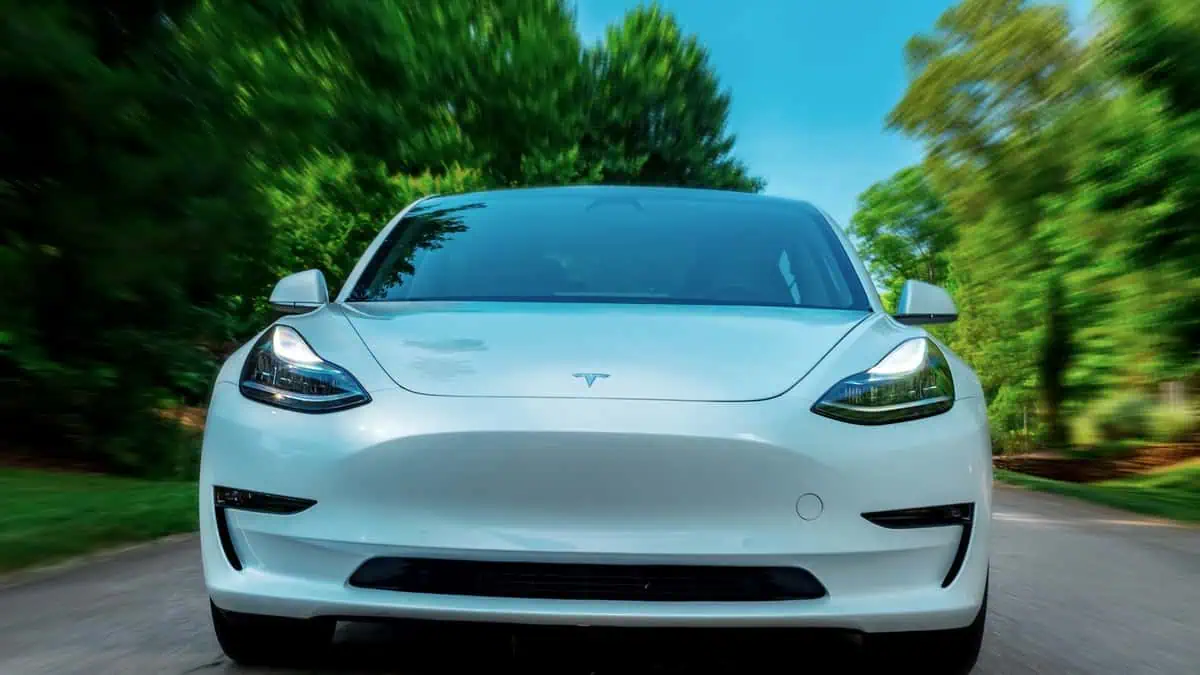The electric vehicle uptake has effectively reduced carbon emissions in California over the past few years, a new study from the University of California (UC) Berkeley revealed.
In another win for clean vehicles, North Carolina’s ambiguous targets are “in the realm of possibility” as it is now 2 years ahead of its timeline.
EVs lower emissions in California
According to the UC’s recent study published in the Environmental Science and Technology journal on Thursday, there was a gradual drop in CO2 emissions in California since electric vehicles started to gain traction. It represents an average 1.8% annual decline, the study’s Lead Researcher and Professor, Executive Associate Dean at Berkeley’s College of Computing, Data Science and Society, Ronald Cohen, said in a report from the San Francisco Chronicle.
“If we do it for 20 years, it’s a big number.”
Ronald Cohen, Lead Researcher
Mr. Cohen also noted that a decline of 3.5% in annual C02 emissions would be sufficient to hit the state’s 2045 carbon neutrality target.
For context, the researchers evaluated carbon emission trends from 2018 to 2022. They used data from 50 air-quality sensors throughout the Bay Area. They also looked at registration data from the California Department of Motor Vehicles (DMV) to determine the ratio of electric vehicles to gas-powered cars on the road.
With these, the researchers concluded that the decline in CO2 emissions is primarily due to the increase in battery-electric and hybrid vehicle adoption in the state as fuel-efficiency standards tighten.
The study aims to determine whether clean transportation policies are effective in cutting C02 emissions “so people could put energy into climate policies that really work.” True enough, the study found that most of the state’s C02 emissions come from the transportation industry.
North Carolina EV push
The government of North Carolina announced last month that the state is finally two years ahead of its 80,000 zero-emission vehicle registration target by 2025. It is indeed a remarkable achievement, considering that the state only registered a total of 10,000 EVs five years ago.
For reference, Gov. Roy Cooper aims to register 1.25 million EVs in the state by 2030. In order to achieve that, North Carolina’s Clean Energy Director Peter Ledford said that both the state and the federal government aim to address two major EV adoption barriers: cost and infrastructure.
The US government’s National Electric Vehicle Infrastructure (NEVI) program is offering the state approximately $110 million to fund its EV charging station projects along interstates and in urban cores. It also provides a federal tax credit of up to $7,500 for new electric and plug-in hybrid purchases.
EV sales in the US in 2023
Electric vehicle sales hit 1.2 million units in the United States in 2023, Axios reports, citing Cox Automotive’s Kelley Blue Book. It apparently represents 7.6% of the overall US new vehicle market, up from just 5.9% in the prior year.
California, Washington, New Jersey, Connecticut, and Texas led the EV adoption in the country at the same year.
“1.25 million EVs [in North Carolina] is bold and certainly an aggressive goal, but it’s certainly in the realm of possibility. [At our] current adoption rate, we are on track to be very close to that by 2030.”
North Carolina’s Clean Energy Director Peter Ledford
Meanwhile, the International Energy Agency (IEA) expects the global EV uptake to grow tenfold by the end of the decade. To achieve this growth target, governments and industry players across the world must continuously collaborate to bring more chargers and bring down costs.






